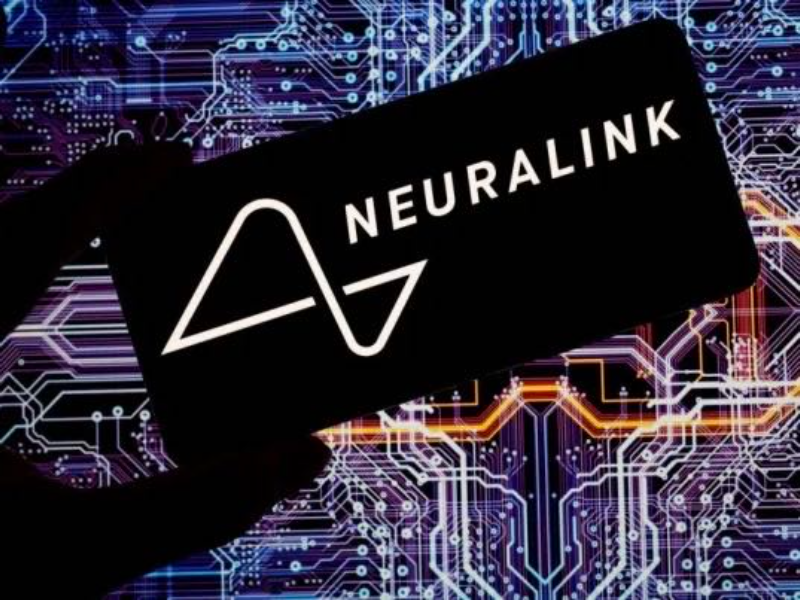- Neuralink on Wednesday said part of its brain implant malfunctioned in the weeks following its first in-human procedure.
- The company has built a brain-computer interface that could help patients with paralysis control external technologies with their minds.
- Neuralink implanted the device in a 29-year-old patient named Noland Arbaugh in January.
- Several threads have retracted from Arbaugh’s brain, Neuralink said in a blog post Wednesday.
Neuralink, Elon Musk‘s startup, encountered a malfunction in its brain implant after its first human trial. The company developed a brain-computer interface (BCI) named the Link, comprising 1,024 electrodes across 64 threads. In January, they implanted the device in a patient named Noland Arbaugh for safety testing. Despite initial success, some threads retracted from Arbaugh’s brain in the following weeks, reducing the effectiveness of electrodes and impacting the Link’s performance.
Also read: Elon Musk says electricity is key constraint for AI development
Neuralink doesn’t respond
Neuralink did not disclose the exact number of threads that retracted. To address the issue, the company modified the recording algorithm, improved the user interface, and enhanced techniques for translating signals into cursor movements. While removal of the implant was considered, it was deemed unnecessary as it did not pose a direct risk to the patient’s safety. Despite the setback, the patient continues to use the BCI system extensively, using it for up to ten hours a day on weekends.
Also read: Brazil’s court judge opens inquiry into Elon Musk
Building BCI system
Arbaugh said the Link is like a “luxury overload,” and it has helped him to “reconnect with the world,” according to the blog post.
Neuralink is not the only company that is building a BCI system, and the technology has been explored in academic settings for decades.
Neuralink has a long road of safety and efficacy testing ahead before it can be eligible for approval from the U.S. Food and Drug Administration to commercialise the technology.

